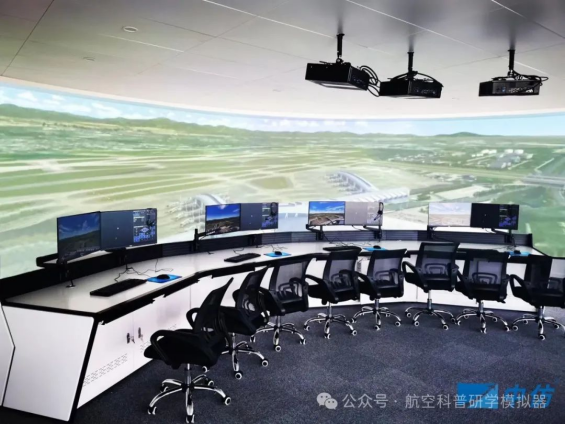- 返回 |
- Home
- / Customer Case
- / Anyang Aviation Science Popularization Museum - Application of Flight Simulators in Aviation Science Popularization Museum
Anyang Aviation Science Popularization Museum - Application of Flight Simulators in Aviation Science Popularization Museum
Overview of Flight Simulators
A flight simulator is a high-tech simulation device that reproduces the flight environment, control system, and flight process of a real aircraft, allowing operators to experience the feeling of piloting an aircraft in a simulated environment. It is widely used in pilot training, aviation research, and aviation science popularization experience. It not only provides a safe and risk-free flight operation environment, but also simulates various complex flight situations, which is of great significance for aviation science popularization and improving pilots' operational skills and emergency response capabilities.
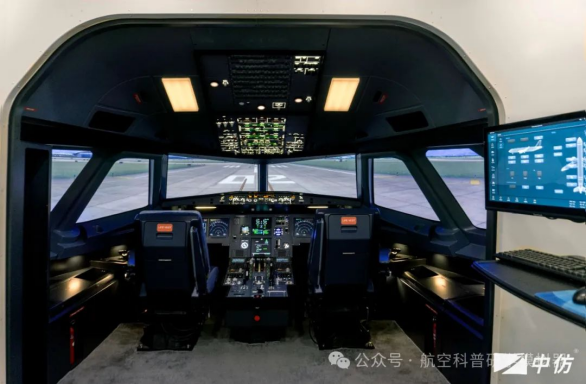
Figure 1 CnTech CNFSimulator A32 Airbus A320 Flight Simulator
Application of Flight Simulator in Anyang Aviation Science Popularization Museum
Flight Simulator Configuration
The Anyang Aviation Science Popularization Museum has introduced one CnTech C919 flight simulator, one Cessna 172 small aircraft flight simulator, one tower simulation system, and 14 basic aviation trainers. These flight simulators play an important role in Anyang Aviation Science Popularization Museum, not only playing a significant role in science education, but also contributing unique value in market-oriented operation.
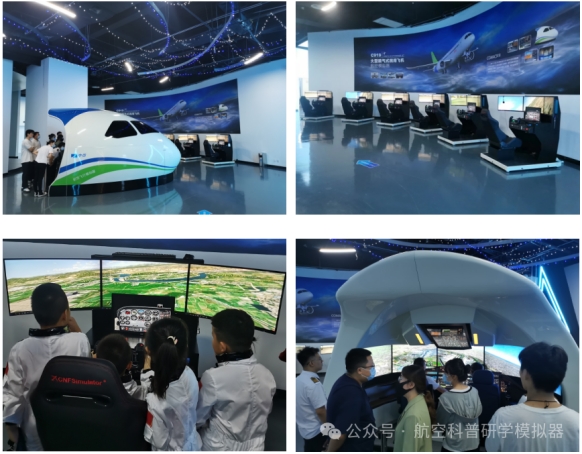
Figure 2 Flight Simulator Configuration of Anyang Aviation Science Popularization Museum
The Anyang Aviation Science Popularization Museum adopts a mixed operation model of "public welfare+market-oriented operation". On the one hand, as a public welfare science popularization education base, it receives government subsidies and policy support, and is open to the public for free or at a low price, especially for party building education and aerospace knowledge popularization for government staff and student groups, to enhance public scientific literacy. On the other hand, market-oriented operations can be achieved by carrying out various fee based activities, such as flight simulation characteristic experience projects, team expansion training, aviation themed learning activities, etc., in order to increase revenue sources.
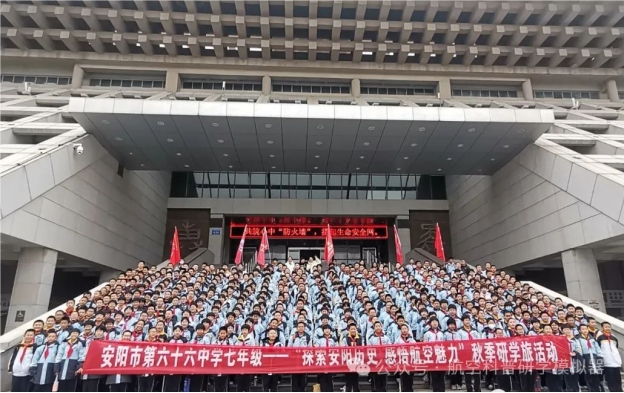
Figure 3: Group photo of the research activity at Anyang Aviation Science Popularization Museum
Education and Science Popularization
Education and Science Popularization: Anyang Aviation Science Popularization Museum provides a unique learning platform for the public through flight simulators. Through personal experience, the public can not only understand the basic structure and flight principles of aircraft, but also deeply learn about pre flight preparations, operational skills during flight, and emergency measures in case of special situations. This allows the public to have a more comprehensive understanding of the challenges that pilots need to face in actual flight, and deepen their understanding of flight principles, avionics systems, and air traffic management through practical operation.
Interest stimulation and cultivation: By simulating flights, children's interest in aviation can be effectively stimulated, which has an enlightening and guiding effect on the reserve of future aviation talents.
Practical teaching tool: As a practical training equipment, flight simulators help students conduct practical operation training, enhance their hands-on ability and teamwork ability, and combine theoretical knowledge with practical operation.
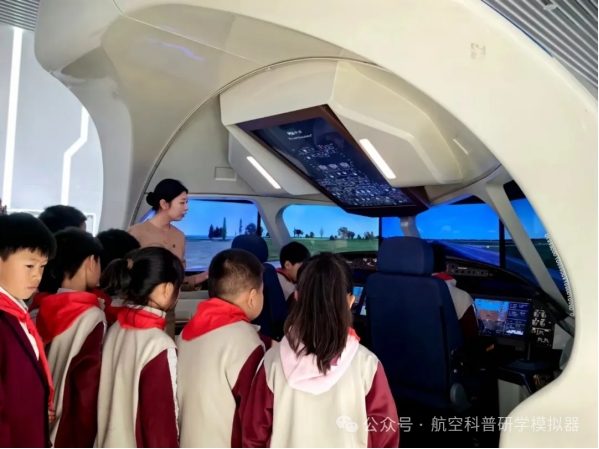
Figure 4: Silhouette of the Student Experience Flight Simulator at Anyang Aviation Science Popularization Museum
Market oriented operation
Featured service project: CnTech Flight Simulator is a high-end paid experience project at Anyang Aviation Science Popularization Museum. Visitors are willing to pay extra for their tickets to obtain a unique flight experience, which has become an important part of the venue's revenue.
Attracting foot traffic: Anyang Aviation Science Popularization Museum has advanced flight simulators, which gives it a competitive advantage in the market and attracts more primary and secondary school study groups to come for extracurricular study experiences. During the peak study season every year (March May and October December), it receives an average of 800 study activities per day. In addition, it also has great appeal in enterprise team building, aviation enthusiasts, and parent-child travel markets. Currently, the Anyang Aviation Science Popularization Museum receives 150000 people for various types of research and training every year.
Brand cooperation and promotion: Anyang Aviation Science Popularization Museum conducts in-depth cooperation with other aviation related enterprises through flight simulators, such as jointly organizing flight experience activities, flight simulation competition training, etc., to achieve resource sharing and brand linkage, and further expand revenue channels.
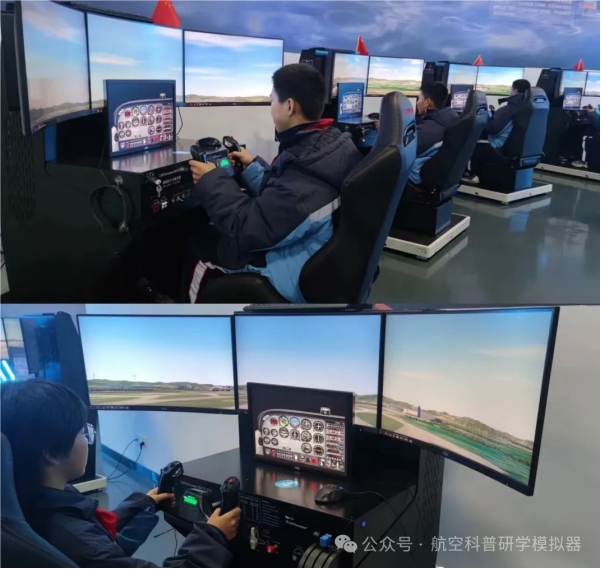
Figure 5: Anyang Aviation Science Popularization Museum Student Experience Flight Simulator
Experience and Entertainment
In addition to its functions of science education and market-oriented operation, the flight simulator also plays an important entertainment experience role in the Anyang Aviation Science Popularization Museum. The flight simulator equipment in the museum adopts high-definition visual systems and real flight control devices, which can provide visitors with extremely realistic flight experiences and attract a large number of flight simulation enthusiasts to gather here.
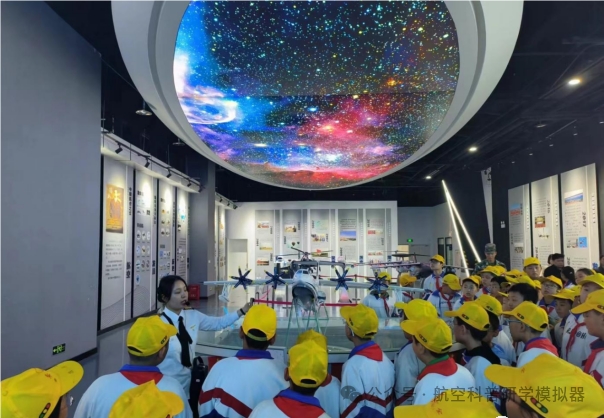

Figure 7: Group photo of the research activity at Anyang Aviation Science Popularization Museum
CnTech CNFSimulator. EDU Science and Education Flight Simulator
The CnTech educational research flight simulator adopts advanced flight control software, graphic imaging system, and mechatronics integration system, and has been appropriately adjusted based on the characteristics and needs of popular science education, making it more suitable for young users. CnTech flight simulator can achieve high-precision flight simulation of real aircraft, providing realistic visual and auditory effects, experiencing real aircraft takeoff, cruising, and landing, providing highly simulated aviation environment, allowing participants to personally experience the process of flying an aircraft, and deepen their understanding of flight principles, avionics systems, and air traffic management through practical operation. At present, it has been successfully applied to several aviation science popularization museums such as Taicang Aviation Culture Exhibition Hall, Anyang Aviation Science Popularization Museum, Hefei Aviation Science Popularization Museum, Kaicheng Aviation Research Base, Xi'an Children's Exploration Museum, Shenyang Youth Palace, and Mentougou Science and Technology Museum in Beijing for aviation science popularization experience.
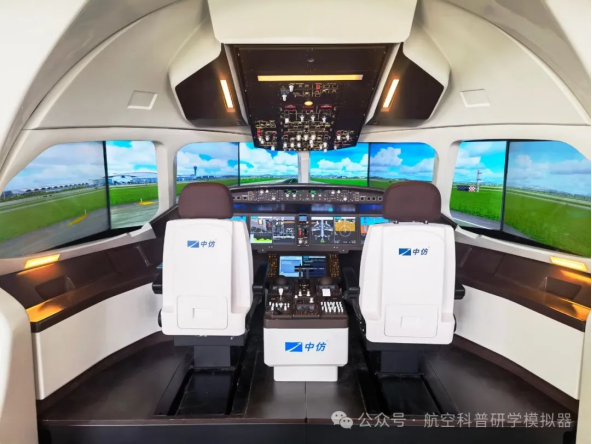
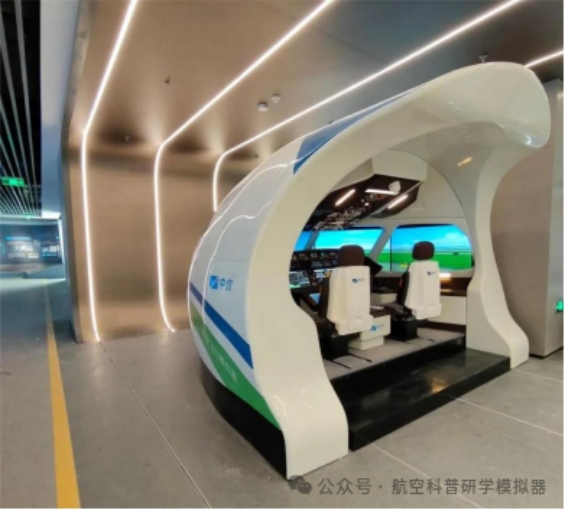
Figure 9 CnTech CNFSimulator C91EDU domestic large aircraft C919 simulator
——CNFSimulator. BATD Basic Aviation Trainer
49 inch high-resolution curved display screen
G1000 Integrated Avionics Display Instrument Software
High reliability simulation joystick and panel components
Support interactive subjects such as takeoff and landing, mission flights, and pentagonal training
Teaching and grading software specifically developed for popular science education purposes
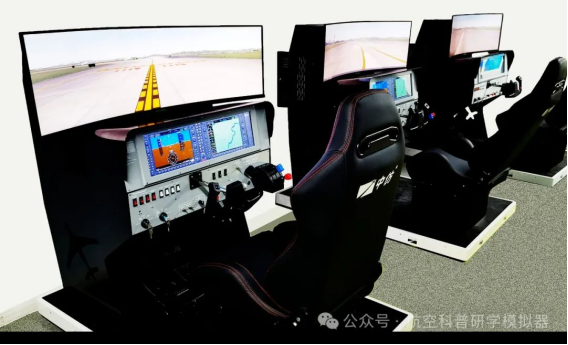
CnTech CNFSimulator. BATD Basic Aviation Trainer
——CNFSimulator. TowerEDU Tower Education Simulator
Laser projection or LED large screen display tower perspective
Simulate airport radar and control control scenarios
Support networked flight, simulate tower communication and traffic command functions
Centralized control and management of equipment across the entire base
